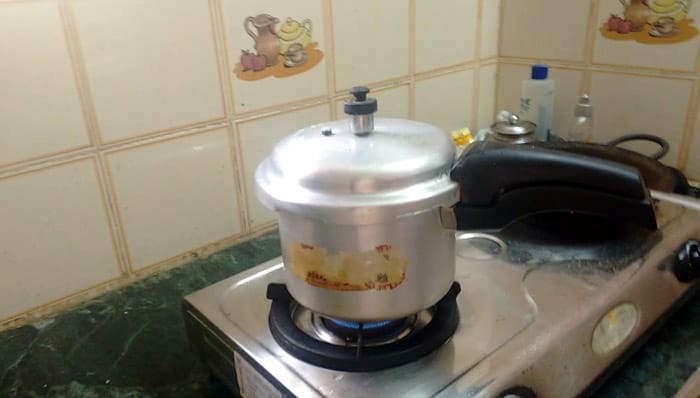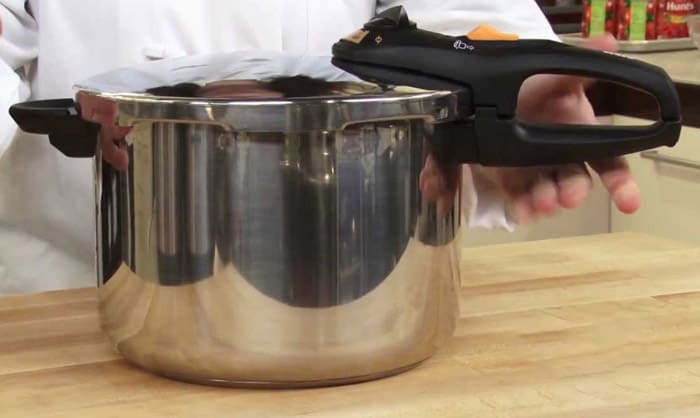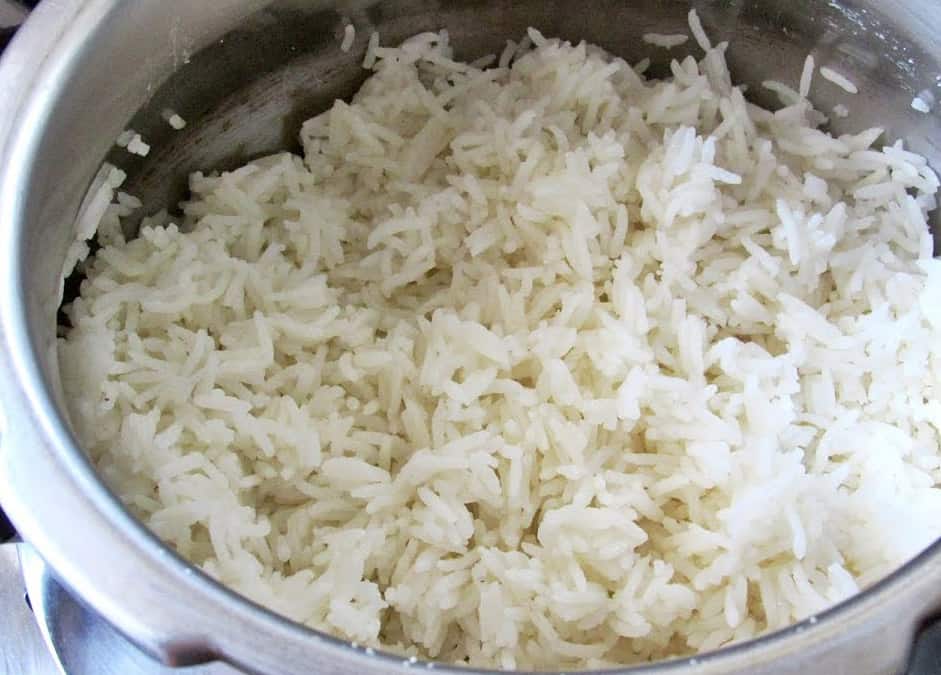In this busy scheduled life, we have a very limited amount of time for activities like cooking. But cooking plays a very important role in our life.
It is what gives us the strength to go through our daily busy life. But cooking a meal is very time consuming and difficult. Do we have enough time and patience for cooking?
I guess, the majority answer will be no and most people hire someone to cook for them which takes up quite a portion of their income. But thanks to technology, as it has made our life easy and less expensive.
The food item which is common in every individual diet is rice. It’s a simple looking food but also very technical and time-consuming cook.
If you mess up its cooking time, you may have to end up with a pile of muss. But the invention of pressure cooking has made cooking rice a child’s play. Using pressure cooker is easy and less time consuming than traditional ways of cooking rice.
Why Use Pressure Cooker In Cooking Rice?
- It takes less than 20 minutes to prepare rice
- Get perfect rice almost every time
- No need to stand in front of the rice to save it from overcooking
- Not only traditional steamed rice, but many other recipes of rice can also be cooked

Why A Pressure Cooker Rather Than A Rice Cooker?
As you know there are different varieties of the same product in the market, you have a high chance of being confused between a pressure cooker and rice cooker. So let me clear out that confusion here.
Rice cookers are ok to use, but pressure cooker is on a whole new level. The later can cut the cooking time in half that a rice cooker would require and it also reduces malicious of other kitchen tasks.
Rice cookers are manufactured with an automatic shutdown function when the water inside reaches a boil, whereas pressure cookers are produced with manual pressure settings which take water and other food above the boiling point.
Therefore, rice cooking is one of the various functions of a pressure cooker which produces rice faster and more consistently. And in pressure cooker, you can cook many different foods along with rice.
Pressure Release Methods In Pressure Cooker
There are different ways to release the pressure after cooking and before opening the lid. Different recipes require different ways of releasing pressure.
Enable to follow the recommendation for under cooked or over cooked rice provided by the instruction manual.

Natural Release
This method allows the pressure to drop slowly. This is done by removing the pressure cooker from the heat source which lets pressure to release slowly by itself. It takes around 10 to 15 minutes. In many pressure cooker, there is a colored pin which drops indicating that the pressure is released.
Rapid Release
This method is the fastest way to release pressure. But it is very dangerous if performed incorrectly.
This method involves putting slow running tap water over the edge of the pressure cooker lid. So be careful not to put over the steam vent or any other valves or outlets.
Don’t ever immerse the pressure cooker in water. If done, steam will be ejected from under the lid which can cause serious injury.
Natural Release or Rapid Release?
Quality pressure cookers will provide you the instructions whether you release the pressure by nature release or rapid release method.
You can take Natural Release as a part of the cook time. And dishes with rice and beans will keep on cooking during natural release.
But by using the Rapid release, you may end up with foamy spurt from the pressure cooker and under cooked rice. And no one wants that to happen, right?
Amount of Water Needed For Various Types of Rice
One of the difficulties you may face to nail in cooking rice is the water to rice ratio. This problem is also with electric pressure cookers, so it is very essential to know the water to rice ratio and natural release time in order to produce perfect gorgeous rice every time.

Here are some basic information which will aid in your rice cooking journey;
| Rice: 1 Cup | Oil/Butter/Ghee | Time in Minutes | Pressure | Release |
|---|---|---|---|---|
| Basmati | 1.5 cups | 4 | High | 10 minutes natural release |
| Brown | 1.25 cups | 22 | High | 10 minutes natural release |
| Jasmine | 1 cup | 1 | High | 10 minutes natural release |
| Wild | 3 cups | 25 | High | Natural release |
Cooking Rice In An Electric Pressure Cooker
Cooking in electric pressure cooker is a slight different than cooking in normal pressure cooker. No need to worry, I am here to rescue you.
Here is an example of cooking Basmati rice in an electric pressure cooker:
Ingredients
- 1 Cup of Basmati Rice
- 1.5 Cups Water
- Half Table Spoon Salt
- Half Spoon Unsalted Butter/Ghee
Equipment
- Measuring Cups
- Measuring Spoons
- Electric Pressure Cooker
Procedures
- Mix rice and water.
- Put the mixture in the electric pressure cooker by adding salt, then lock the lid.
- Set the pressure cooker to HIGHWAY and set the timer for 4 minutes.
- Keep it in natural release for 10 minutes without opening the release valve.
- Carefully quick release the pressure till the lid opens.
- Serve by adding butter and fluff with a fork.
Pros of Using a Pressure Cooker
- Foods cook much faster
- Requires less water than conventional boiling
- Less energy is needed than boiling, steaming or oven cooking
- Not necessary to immerse food in water
- Vitamins and minerals are not leached away by water
Cons of Using a Pressure Cooker
- Pressure cooker can be expensive than normal utensils
- Needs special care while cleaning
- Food debris must be cleaned after every use
- The sealing ring needs to be replaced with a new one once in a year
- To inspect food, the lid needs to be opened which pauses the cooking time
- Pressure cookers are heavy in weight which makes them very difficult to carry around
Safety Precaution
Sometimes in cookers, food may block the steam vent or liquid may dry up which can lead to explosion. To prevent this, in modern day devices, there is a safety function which gets activated and prevents explosion.
This function automatically releases the built-in pressure but if excess pressure is released, some food particles may come out which can cause a loud forceful sound.
Anyways, we have another article on how to cook rice without a rice cooker. So, you can give that a read as well.


Your chart shows amounts of Oil/Butter/Ghee ranging from 1 to 3 cups. I think something is off and some data is wrong or missing.